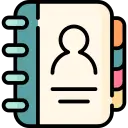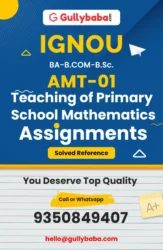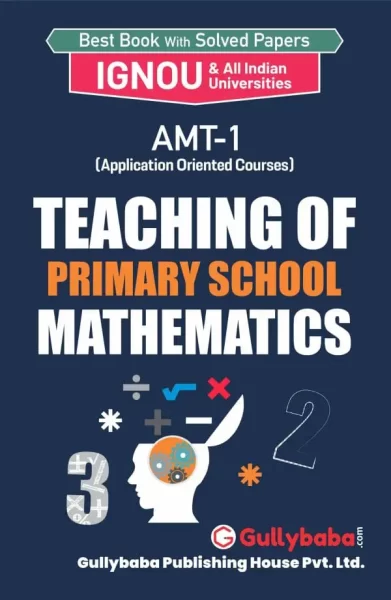-
AMT-01
AMT-01 Teaching of Primary School Mathematics
₹600.00Bought by : 3584 StudentsIn Stock Only 0 left ! -
Sale!
AMT-01
Teaching of Primary School Mathematics
Bought by : 3481 StudentsIn Stock Only 0 left ! -
Sale!
AMT-01
Teaching of Primary School Mathematics
Bought by : 2740 StudentsIn Stock Only 0 left !






